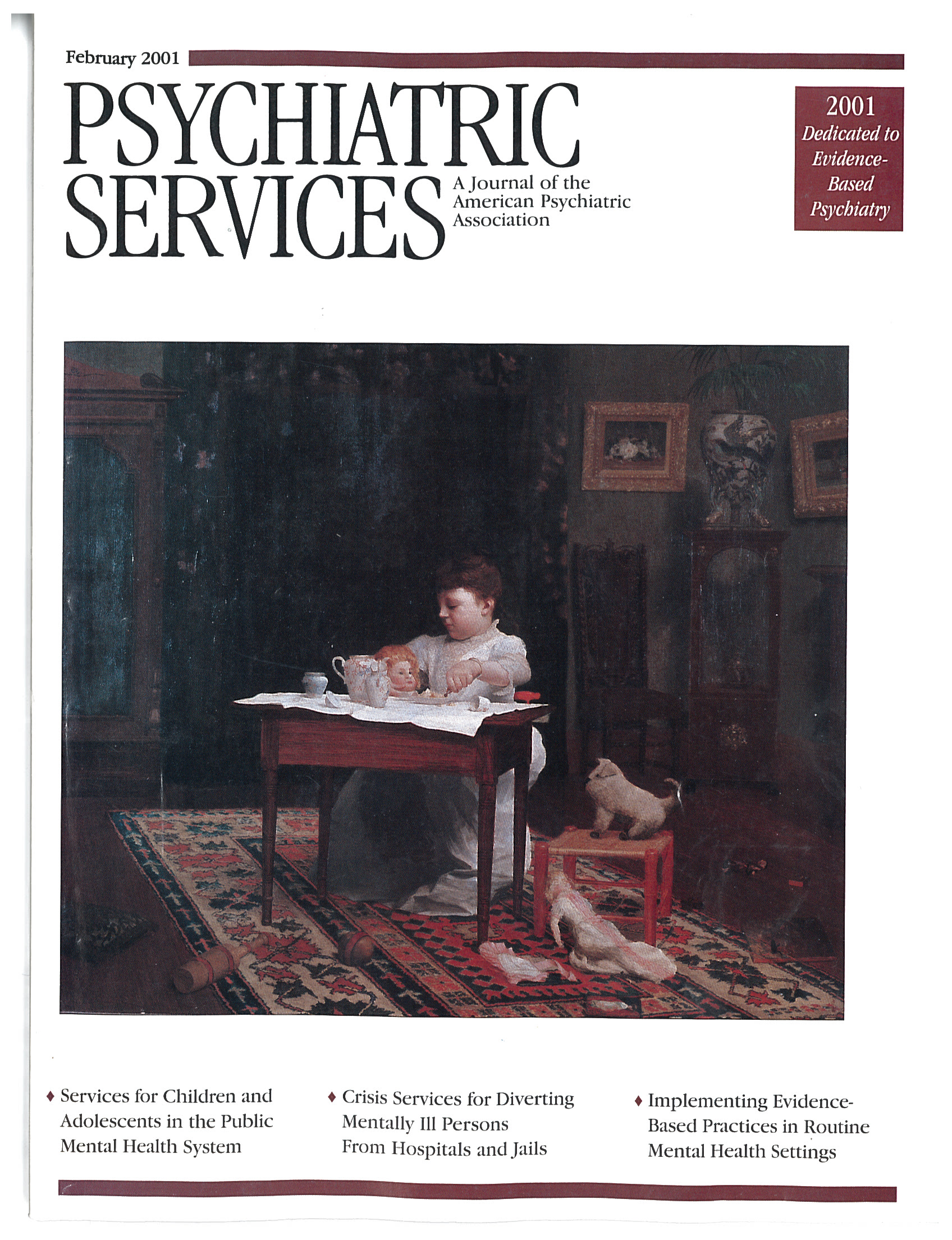Children and HIV/AIDS is a collection of nine papers written by authors engaged in work with families and children affected by the HIV epidemic. The first chapter contains a concise overview of HIV-related medical issues as they affect children. The remaining chapters include descriptions of a variety of psychosocial interventions that address such issues as disclosure of HIV status by parents to their children; permanency planning and its associated psychological, legal, and economic issues; and assistance to HIV-affected teenagers.
One of this volume's strengths is that many of its contributors have been integrally involved in the design and implementation of the programs described as well as in initiating research on or evaluations of their effectiveness. Another strength is the book's focus on children and adolescents living in disadvantaged circumstances, including those who enter the protective service system before a parent's death, youngsters making a transition from out-of-home care to independence, and teens who are homeless or HIV infected. Little has been written about these underserved populations, and although outcome data are still quite limited, new ideas and approaches will be welcomed by professionals struggling to serve these young people.
Children and HIV/AIDS was originally published as a special issue of the journal Child Welfare and is intended as a resource for personnel working in the child welfare field. To that end, the book provides a solid overview of the basic issues, a review of the social services literature, and a description of such interventions as community-based permanency planning services, custody planning within the child welfare system, outreach to troubled teens, and group treatment for bereaved adolescents.
The book's title may suggest a more comprehensive overview of HIV-related issues and children than it actually offers. Readers will not find, for example, a discussion of the diagnosis and treatment of psychiatric and neuropsychiatric manifestations of HIV infection in children, an overview of HIV prevention approaches with adolescents, or a description of the impact that newer life-prolonging antiretroviral treatments have had on HIV-affected parents, children, and adolescents. Psychiatrists and psychologists will need to look elsewhere for the kind of technical information that is specific to their fields. Nonetheless, members of all disciplines working with HIV-affected families will benefit from understanding the child welfare concerns and approaches described in this book.

